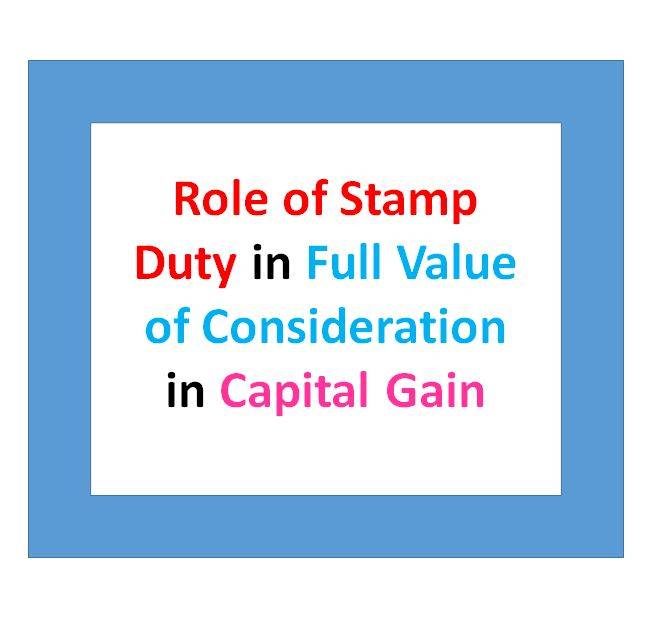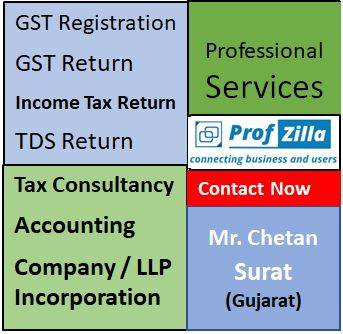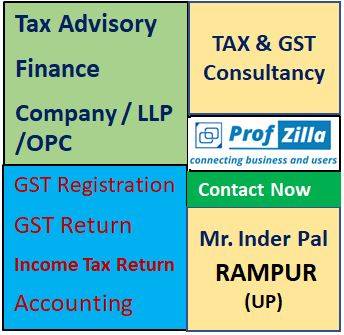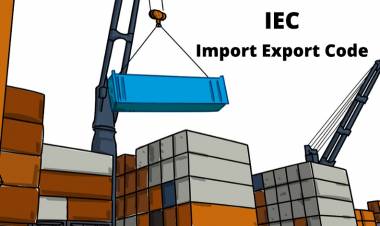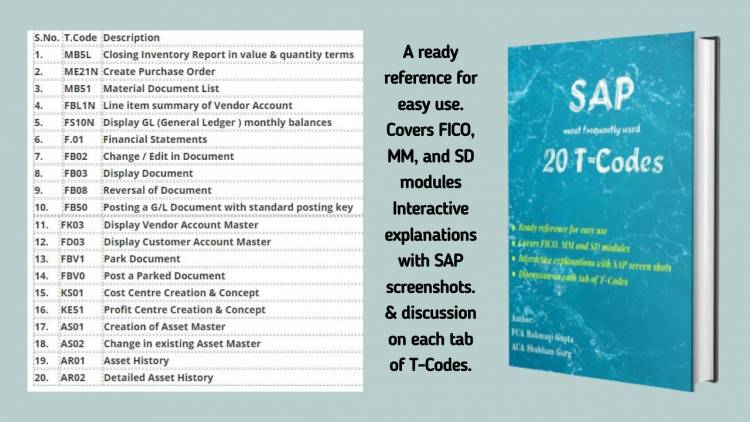Insolvency Resolution Plan - Understanding of Process
Insolvency Resolution Process
National Company Law Tribunal (NCLT) initiates a corporate insolvency resolution process (CIRP) under the Insolvency and Bankruptcy Code, 2016 (IBC), when a there is a defaults on making payment of financial debt to creditors.
It provides for a time-bound process to resolve insolvency.
At present IBC can only be triggered if there is a minimum default of Rs 1 lakh.
Any of the following can initiate insolvency resolution process against corporate debtor in default:
- Financial creditor
Financial creditor has been defined as follows, 'A person to whom a financial debt is owed and includes a person to whom such debt has been legally assigned or transferred’.
A financial creditor shall submit his claims with proof to IRP in Form C.
The IBC defines financial debt as follows, 'A debt along with interest, if any, which is disbursed against the consideration for time value of money and includes:
- Money borrowed against payment of interest
- Any amount raised by acceptance under any acceptance credit facility or its de-materialized equivalent
- Any amount raised pursuant to any note purchase facility or the issue of bonds, notes, debentures, loan stock or any similar instrument
- The amount of any liability in respect of any lease or hire purchase contract which is deemed as a finance or capital lease under the Indian Accounting Standards or other such accounting standards as may be prescribed
- Receivable sold or discounted other than any receivable sold on non-recourse basis
- Any amount raised under any other transaction, including, any forward sale or purchase agreement, having the commercial effect of borrowing
- Any derivative transaction entered into in connection with protection against or benefit from fluctuation in any rate or price and for calculating the value of any derivative transaction, only the market value of such transaction shall be taken into account
- Any counter-indemnity obligation in respect of a guarantee, indemnity, bond, documentary letter of credit or any other instrument issued by a bank or financial institution
- The amount of any liability in respect of any of the guarantee or indemnity for any of the items referred above.
- Operational creditor
Any person to whom an operational debt is owed and includes any person to whom such debt has been legally assigned or transferred'.
operational debt has been defined as follows- 'A claim in respect of the provisions of goods or services including employment or a debt in respect of the repayment of dues arising under any law for the time being in force and payable to the Central Government, any State Government or any local authority'.
An operational creditor shall submit his claims with proof to IRP in Form A.
- Corporate debtor
A corporate debtor under Insolvency and Bankruptcy Code, 2016 (IBC) is the Corporate Person who owes a debt to any person. Corporate person is defined u/s 3(7) of IBC which include
- Companies defined Companies Act
- LLP defined under LLP Act
- Any other person incorporated with limited liability
But does not include financial services provider i.e. banks or NBFCs.
If the corporate debtor is unable to pay it liabilities and does not have enough funds / resources, to run the business then corporate debtor can voluntarily file the insolvency petition to undergo the Corporate Insolvency Resolution Process (CIRP) and NCLT shall admit it if the petition has not been filed to defraud the creditors.
When Insolvency process is initiated against any corporate by NCLT, an interim resolution professional (IRP) is appointed. Now IRP takes charge of the defaulted corporate.
Eligibility for Resolution Professional:
An Insolvency Resolution Professional shall be eligible to be appointed as a resolution professional for a corporate insolvency process of a corporate debtor if he, and all the partners and directors of the insolvency professional entity of which he is partner or director, are independent of the corporate debtor.
A person shall be considered independent of the corporate debtor, if he:
-
- is eligible to be appointed as an independent director on the board of the corporate debtor under section 149 of Companies Act, 2013, if the corporate debtor is a company
- is not an employee or proprietor or a partner
- of the firm of auditors / secretarial auditors / cost auditors of the corporate debtors
- of a legal or consulting firm, that has or had any transaction with the corporate debtor amounting to 5% or more of the gross turnover of such firm
in the last three years
-
- is not a related party of corporate debtor
IRP is responsible to take necessary steps to revive the company and has power to raise fresh funds to continue operations.
The IRP shall take control and custody of any asset over which the corporate debtor has ownership rights.
Public Announcement of appointment by IRP:
An insolvency professional shall make a public announcement (in form A) immediately (not later than 3 days from the date of his appointment) on his appointment as IRP.
Claims by creditors in class:
‘Class of Creditor’ means a class with at least ten financial creditors.
A person claiming to be creditor in class shall submit claim with proof to IRP in electronic form in Form CA.
A creditor in class may indicate his choice of an insolvency professional, from amongst the 3 choices provided by IRP in public announcement, to act authorised representative.
Claims by workmen and employee:
A person claiming to be a workmen or an employee of the corporate debtor shall submit calim with proof to IRP in person, by post or by electronic means in Form D.
In case of numerous workmen, an authorised representative may submit one claim with proof for dues of all on their behalf in Form E.
Stages of CIRP (Corporate Insolvency Resolution Process)
The various stages of Resolution Process are as below:
a. Publication of Notice - The IRP will publish a notice in newspapers to call for filing claims against the Corporate Debtor by a stipulated deadline. As per rule claim is required to be filed within 14 days of such publication but generally IRP accepts claim after that also.
b. Processing of Claim – The IRP after receiving all the claims will verify the same from the books of the Corporate Debtor. For this they charge fees in the range of Rs. 300 to 500 per claim.
c. Information Memorandum – Once the claims have been verified, a Memorandum containing all the information of the Corporate Debtor regarding his Assets and Liabilities will be prepared by the RP. This Memorandum will be sent out to all the Financial Creditors of the Corporate Debtor, whose claims have been accepted.
d. Meetings of COC – After sending out such memorandum, meeting of COC will be held which includes the financial creditors only of the Corporate Debtor, to decide whether the information memorandum has been correctly prepared or not. In meeting of CoC individual financial creditors (property / home buyers) are not entertained, they are represented by their particular association.
In these meeting you can propose to change initial IRP appointed by NCLT by way of resolution. If resolution to appoint new RP is accepted then the New RP will take charge after intimation / approval of the same to/by NCLT.
Quorum of meeting:
A meeting of the committee shall be called by giving not less than 5 day’s notice in writing to every participant. The committee may reduce the notice period from 5 days to such other period of not less than 24 hours, as it deems fit.
A meeting of committee shall be quorate if members of the committee representing at least 33% of the voting rights are present either in person or by video conferencing or other audio and visual means.
Provided that committee may modify the percentage of voting rights required for quorum in respect of any future meeting of the committee.
e. Calling for Resolution Plan – The RP after formation of information memorandum will call/invite, by an advertisement in newspaper, for the resolution plans for the Corporate Debtor by the Resolution Applicants.
Mandatory contents of the resolution plan:
- A resolution plan shall include a statement as to how it has dealt with the interest of all stakeholders, including creditors and operational creditors.
- A resolution plan shall include a statement giving details if the resolution applicant or any of its related parties has failed to implement or contributed to the failure of implementation of any other resolution plan approved by the Adjudicating authority at any time in the past.
- A resolution plan shall provide:
-
- The term of plan and its implementation schedule
- The management and control of the business of the corporate debtor during its term: and
- Adequate means for supervising its implementation
-
- A resolution plan shall demonstrate that
- It addresses the cause of default
- It is feasible and viable
- It has provisions for its effective implementation
- It has provisions for approvals required and the timeline for the same: and
- The resolution applicant has the capability to implement the resolution plan
f. Acceptance or Rejection of Resolution Plan – After receiving the resolution plan, the RP will conduct a meeting of COC to check the Resolution plan resulting in its acceptation or rejection. If 66% of voting is done in favour of a resolution process then it will be adopted by COC. Time limit as per rule for the completion of the CIRP is 180 days, however, If the Resolution Plan is not accepted by the COC within 180 days then they can extend the time duration for a period of not less than 90 days.
This is then submitted before NCLT for final consent.
g. Liquidation – In case where a resolution plan is neither to the satisfaction of COC nor even voted with majority voting of 66% in favour of a resolution plan coupled with the fact of lapse of CIRP period to a maximum period of 270 days then COC will opt for liquidation of such a corporate debtor.
 Download APP
Download APP
 P K Gupta
P K Gupta 





